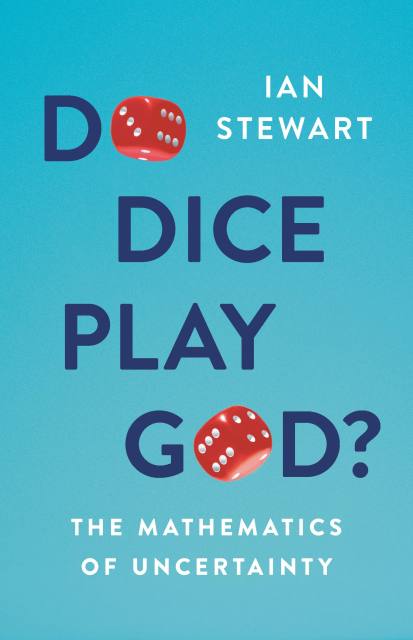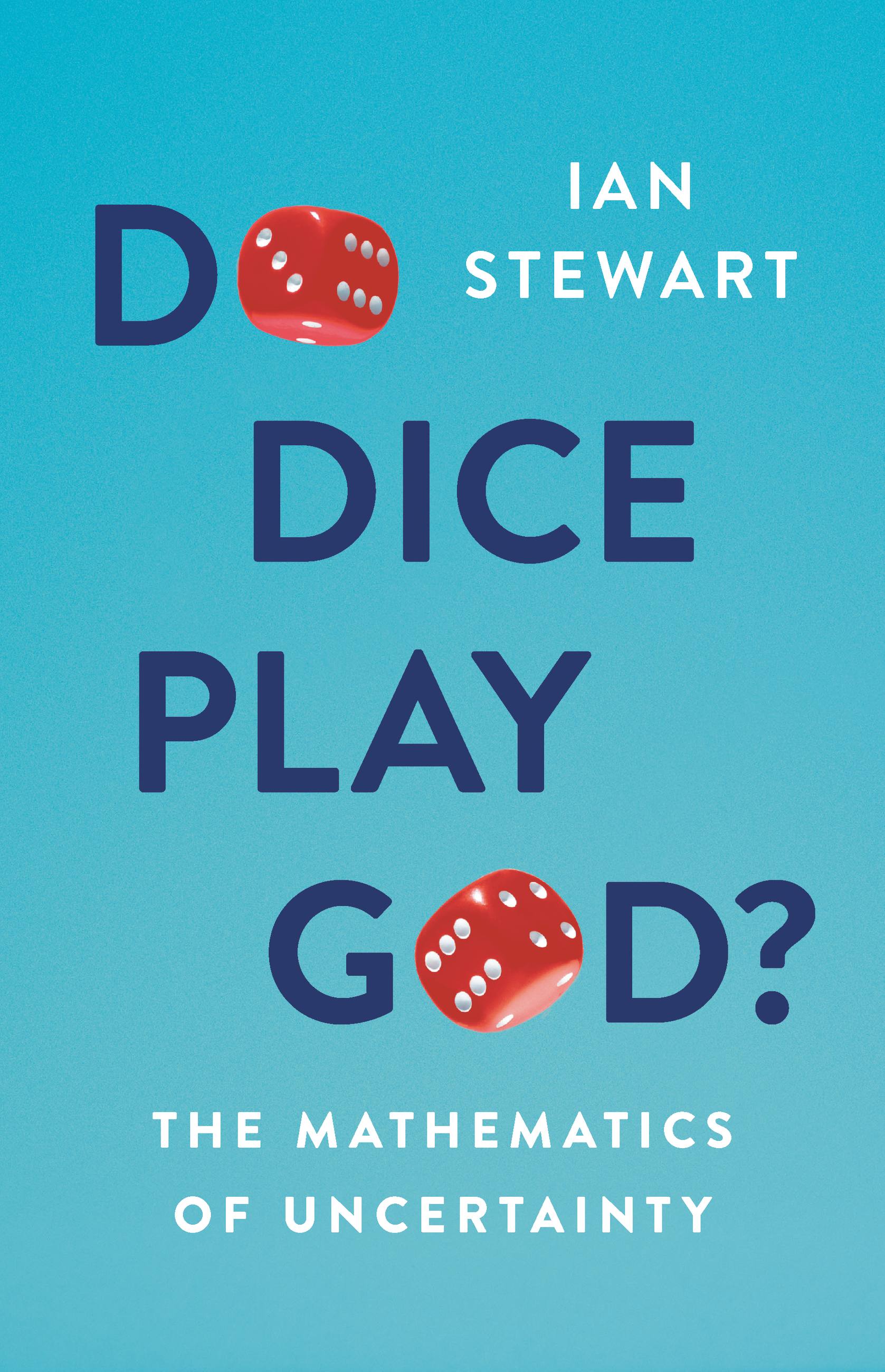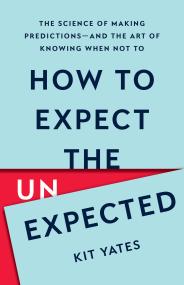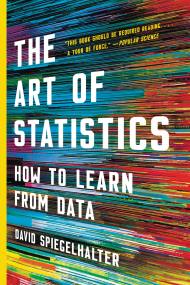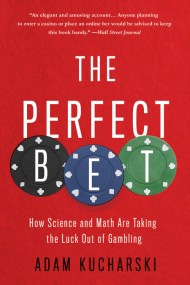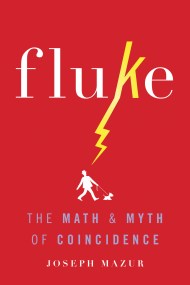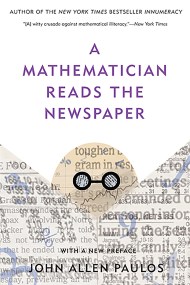Promotion
Use code MOM24 for 20% off site wide + free shipping over $45
Do Dice Play God?
The Mathematics of Uncertainty
Contributors
By Ian Stewart
Formats and Prices
Price
$17.99Price
$22.99 CADFormat
Format:
- ebook $17.99 $22.99 CAD
- Hardcover $28.00 $35.00 CAD
- Audiobook Download (Unabridged)
This item is a preorder. Your payment method will be charged immediately, and the product is expected to ship on or around September 3, 2019. This date is subject to change due to shipping delays beyond our control.
Also available from:
A celebrated mathematician explores how math helps us make sense of the unpredictable
We would like to believe we can know things for certain. We want to be able to figure out who will win an election, if the stock market will crash, or if a suspect definitely committed a crime. But the odds are not in our favor. Life is full of uncertainty — indeed, scientific advances indicate that the universe might be fundamentally inexact — and humans are terrible at guessing. When asked to predict the outcome of a chance event, we are almost always wrong.
Thankfully, there is hope. As award-winning mathematician Ian Stewart reveals, over the course of history, mathematics has given us some of the tools we need to better manage the uncertainty that pervades our lives. From forecasting, to medical research, to figuring out how to win Let’s Make a Deal, Do Dice Play God? is a surprising and satisfying tour of what we can know, and what we never will.
Genre:
- On Sale
- Sep 3, 2019
- Page Count
- 304 pages
- Publisher
- Basic Books
- ISBN-13
- 9781541699465
Newsletter Signup
By clicking ‘Sign Up,’ I acknowledge that I have read and agree to Hachette Book Group’s Privacy Policy and Terms of Use
